Marketers play a large, proactive role in the buying-selling process to generate revenue across the entire buyer lifecycle – from generating a new customer, to contract renewal, to solution expansion and cross-sell/upsell.
This is no small task, especially when B2B buyers, barraged by untimely automated messages, random cold calls and lackluster outreach from both sales and marketing, are opting out of vendor conversations. B2B marketing expert Tony Zambito calls this the “Great Buyer Resignation.” This phenomenon has progressively intensified over the last five years and is both a challenge and an opportunity for B2B marketers.
A reality check
Let’s tackle the B2B challenge first by capturing today’s reality. The B2B buying process has gone primarily digital; most B2B sellers and teams have not. Sales has limited access to prospects and customers. We know the facts. According to Gartner, more than two-thirds of the buying process is complete before buyers engage directly with a brand rep. Only 17% of the B2B buying process time is spent with a salesperson across all suppliers. And this scenario is only accelerating as digital native professionals become influencers and decision-makers.
Get the daily newsletter digital marketers rely on.
To contribute to revenue and customer generation, B2B marketers are cranking out “leads” to help sales generate revenue. Marketers are often using legacy marketing automation-centric practices developed during the first wave of marketing technology and lead generation. The teams are pushing out random campaigns in a world where prospects and buyers already know what’s coming when they download a white paper or attend a webinar. Cringe — here come the automated nurture and cadenced phone calls.
Compounding the challenge, prospect and customer outreach happens in silos via one-off campaigns, isolated channels and focused functional teams. And data is being used to justify spending rather than apply buyer and account intelligence to deliver more timely information, better buyer engagement experiences, and more creative outreach.
The change and challenge revenue teams face are real.
Marketing’s impact opportunity in the buyer and customer generation lifecycle
With change comes opportunities for B2B marketers who understand, embrace and develop a smarter approach to identify, engage and delight buyers. And it should be emphasized that B2B teams and marketers have begun their transformation as marketing works across their entire company to play a more proactive role in all revenue and customer generation aspects.
From talking with progressive B2B go-to-market (GTM) leaders, here are strategies to stop mass buyer resignation, advance your career and have a much more significant impact on revenue growth.
1. Drive the shift from push to pull marketing
We often focus our effort on pushing email, cranking out business development representative calls, blasting ads and putting up forms to engage B2B pros. The breakthrough strategies are built around moving from pushing stuff at prospects and customers to pulling buyers through their process. Give them control. Provide options and let them guide their own journey, based on their needs, with value-added assistance. This is an art and science to master. This playbook and skill-set is, and will continue to be, highly coveted.
2. Focus on moments we create, not just those touchpoints we capture
“Capture” is primarily what we do today in the form of paid media engagement to generate leads, drive web traffic and white paper downloads, and sponsor events to scan and swipe badges. The best marketers are flipping this model and asking, “How can we create moments for the buyer?”
Moment creation requires a proactive, experiential mindset putting ourselves in the shoes of our most coveted buyers and accounts. Breakthrough moments and experiences can be done through:
- Product-led growth (PLG).
- Interactive and self-guided applications and videos.
- Personalized workshops for prospective buying teams at your target accounts.
- Curated web pages that feature topical and popular content aligning with themes your buyer has been researching or engaging with over the last quarter.
It doesn’t have to be over complicated.
3. Master the full customer lifecycle
Today’s market realities and company growth mandates underline the need to build GTM models, strategies and resources around the entire customer lifecycle. With today’s prevailing Annual Recurring Revenue (ARR), Software-as-a-Service (SaaS) and cloud subscription customer financial models, 50 to 70% of the profit comes from existing customers.
For a deeper perspective, a five percent increase in retention results in an estimated 25 to 95% increase in revenue.
4. Embrace data intelligence and science
We will not be effective marketing leaders or pros without the ability to access, use and interpret data. At a minimum, we must be proactive in using data to understand markets, customers, accounts and market trends. The ideal case is to be confident in turning data into insights and actions and applying data science to help guide investments, programs and experiences. Data cannot be used simply to justify or defend marketing spend.
The most in-demand marketing skills in a B2B buyer-driven world
Let’s look at a few past examples of marketing career breakthroughs to plot the future. Ironically, the emergence and mastery of marketing automation tools, data and campaigns created a generation of what turned out to be the marketing operations (MOps) profession. It’s become a well-compensated, highly respected and in-demand role. In another example, the rise of account-based marketing (ABM) created a shift of sales support-focused field marketers to revenue generation-focused members of the GTM team.
Based on the Great Buyer Resignation reality and market shifts, here are a few high-impact career opportunities for talented pros who want to up-level their professional world while positively impacting their company’s growth. It is important to point out these re-imagined roles all focus across the customer lifecycle and obliterate internal silos whenever and wherever possible.
- Growth marketing: This high-impact role is the next level of demand marketing, which today has largely been focused on digital and paid media spend to generate qualified leads or pipelines. Growth encompasses the full customer/buyer lifecycle of revenue generation in today’s Annual Recurring Revenue (ARR) and Software-as-a-Service (SaaS) subscription world. It also focuses on identifying and activating the markets, drivers and industries to grow revenue and expand the company’s total available market (TAM).
- Journey architects: To align with best-fit buyers and accounts, this craft is an ability to use buyer and account intelligence to create experiences to more naturally pull a buyer or buying group through their journey. With a full view across buyer channels and company touchpoints, this role expands beyond marketing to ensure more timely information. For perspective, this is the buyer-driven outgrowth of what was integrated marketing.
- Revenue ops: It is very difficult to identify and engage buyers and target accounts if your view is only on sales, marketing, customer success or finance. This progressive function demands a full view of buyer and customer lifecycles. It unifies and analyzes data to empower the rest of the front-line, customer-facing players to act on intelligence and insights.
The bottom line on what buyer resignation means for our marketing careers
Now is an opportunistic time to capitalize on market and marketing shifts and commit to buyer-centric GTM strategies and tactics. If you see a new role or transformation opportunity inside your organization or at a new company, raise your hand and dive in. These are the times when careers are made and energized.
Opinions expressed in this article are those of the guest author and not necessarily MarTech. Staff authors are listed here.

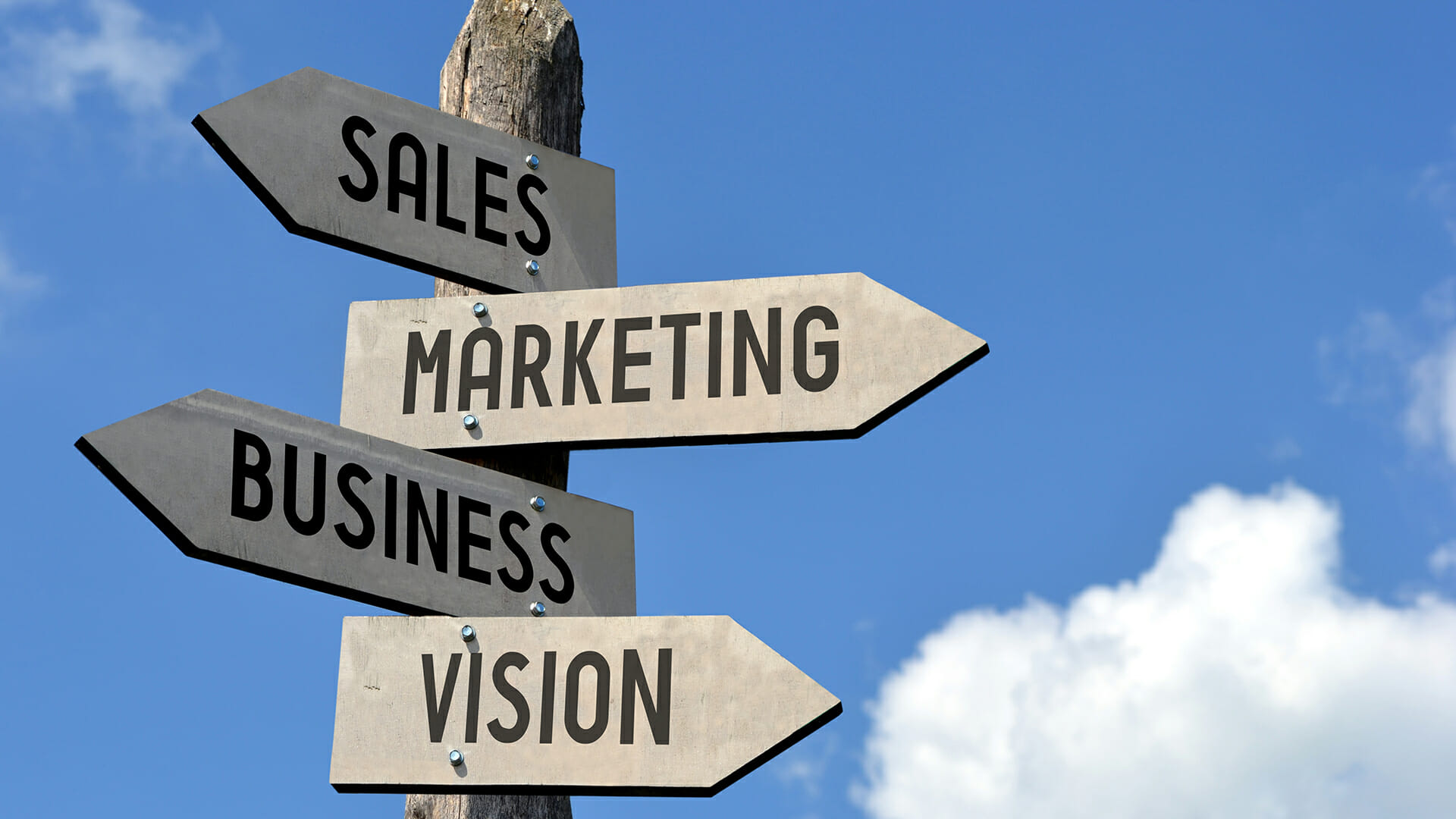


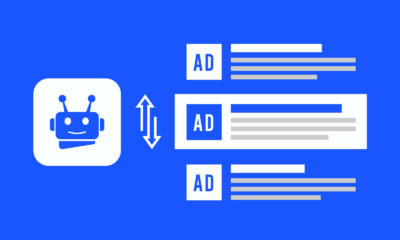

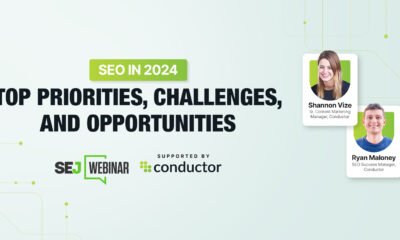








![5 Psychological Tactics to Write Better Emails → Download Now: The Beginner's Guide to Email Marketing [Free Ebook]](https://articles.entireweb.com/wp-content/uploads/2023/02/11-Free-Email-Hacks-to-Step-Up-Your-Productivity.png)
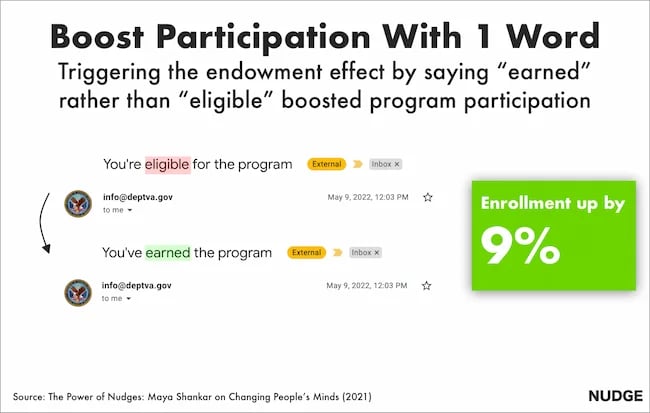
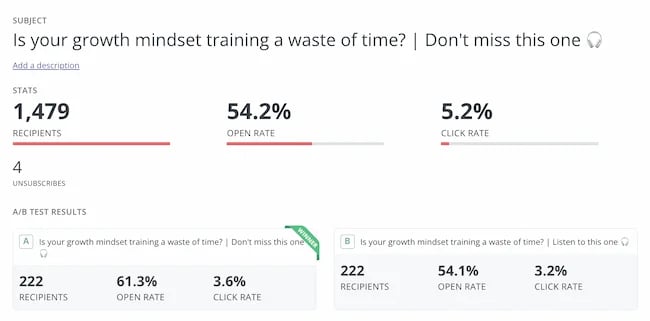

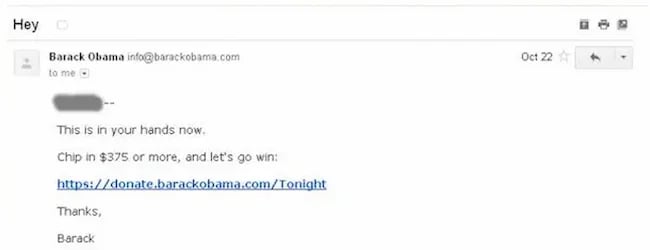
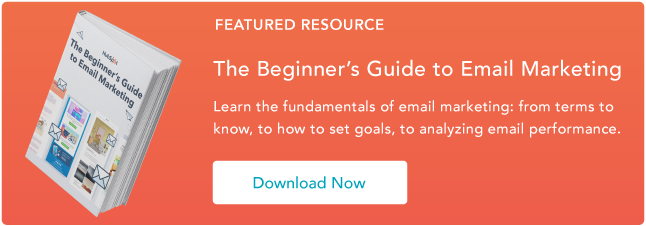

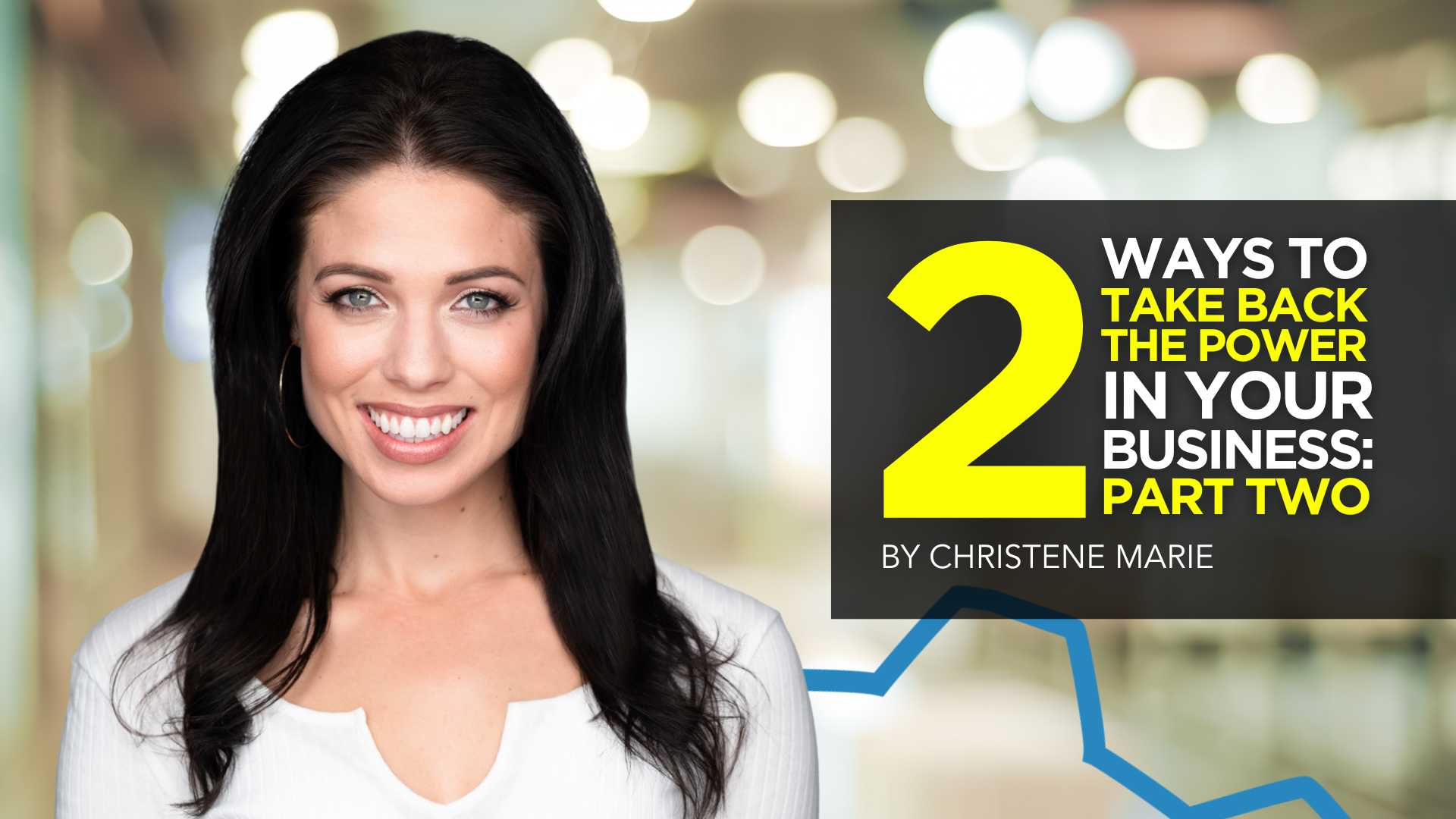








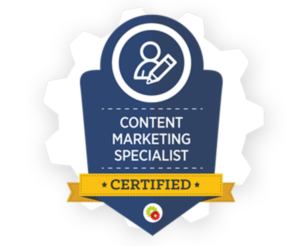
















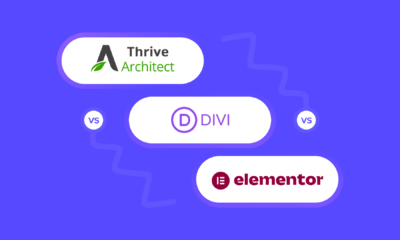


You must be logged in to post a comment Login